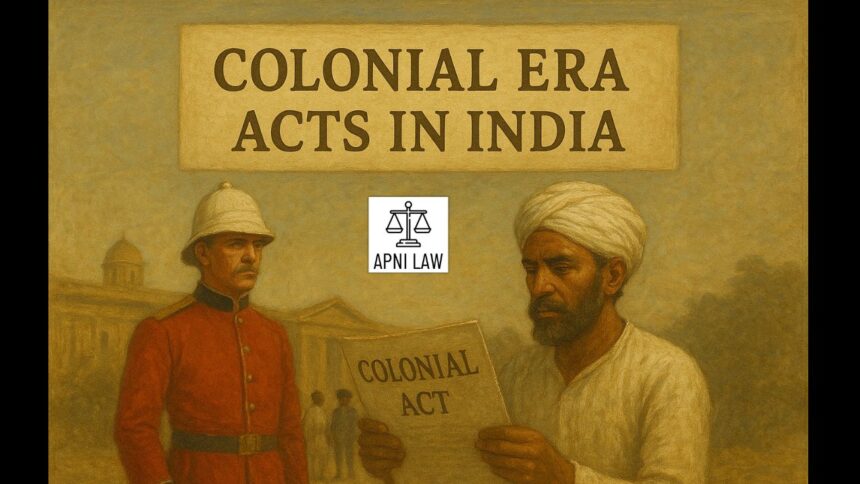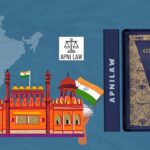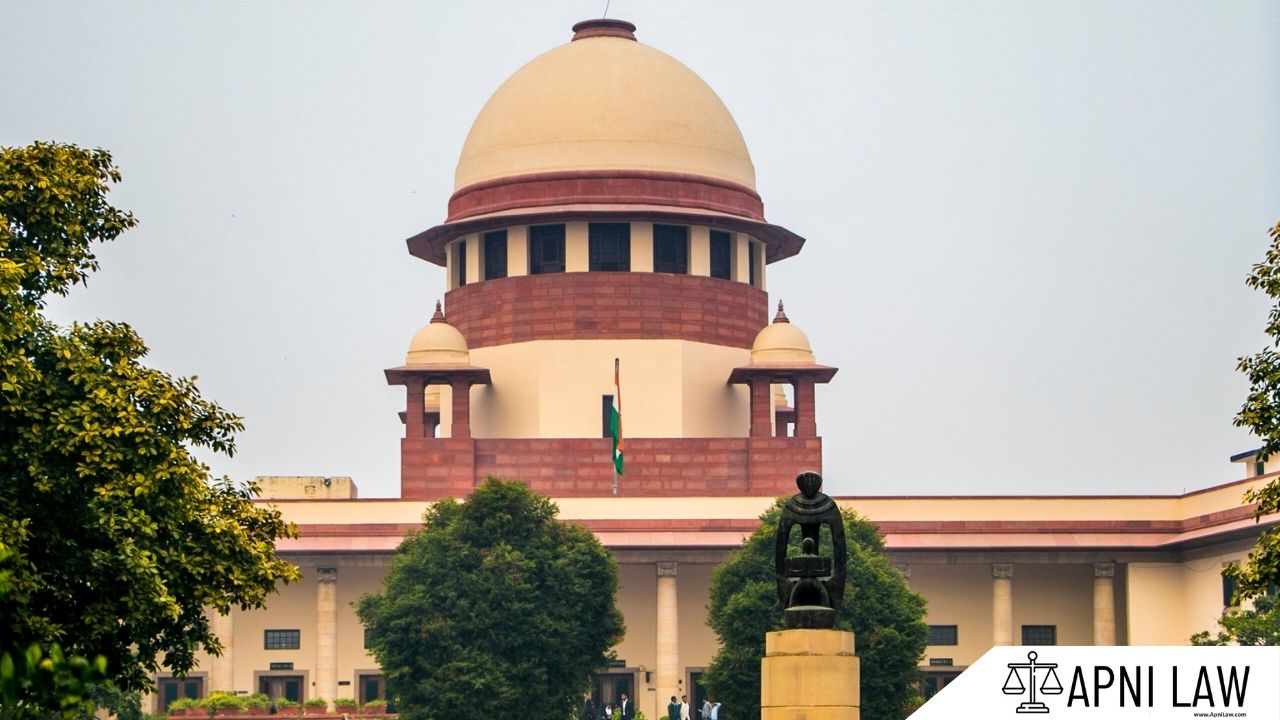Introduction
The political landscape of India we are familiar with today did not exist in 1947. India, at the time of independence, was a jigsaw of provinces and princely states, each with its own government setup. Through the years, some boundary changes, the formation of new states, and reorganization of the areas resulted in the contemporary Indian Union. This travel captures the spirit of India’s unity in diversity, regional ambitions, and governmental effectiveness. Let us now study the historical development of states and Union Territories in India.
The Beginning: India in 1947
When India became independent in 1947, it had two categories of administrative units: the British provinces and the princely states. British provinces were governed directly under colonial rule, but the princely states had internal autonomy but acknowledged British dominance. Post-independence, the task of integrating over 550 princely states into one country was the greatest challenge. The integration was facilitated by Sardar Vallabhbhai Patel and V.P. Menon and set the ground for an integrated India.
The Constitution and the First Classification
The Indian Constitution, which was effective from 1950, divided the states into four groups: Part A, Part B, Part C, and Part D states. Part A consisted of former British provinces, Part B of princely states, Part C of smaller provinces and chief commissioners’ provinces, and Part D for the Andaman and Nicobar Islands. But this was only temporary as linguistic and cultural requirements soon necessitated a more scientific division.
The States Reorganisation Act, 1956
One of the most dramatic milestones in this process was the States Reorganization Act of 1956. It restructured states mainly on linguistic lines. The call for linguistic states had become stronger following the death of Potti Sriramulu on a hunger strike for a separate state of Andhra. The Act did away with the previous classification and adopted a uniform pattern of states and Union Territories. This was the actual start of linguistic federalism in India.
Formation of New States Through the Years
The formation of new states did not end in 1956. Regional ambitions, economic considerations, and cultural affinities continued to sculpt India’s political landscape. Maharashtra and Gujarat were formed in 1960. Haryana and Himachal Pradesh followed subsequently, and in 1972, states such as Meghalaya, Manipur, and Tripura were formed. The latest examples are the formation of Uttarakhand (2000), Jharkhand (2000), Chhattisgarh (2000), and Telangana (2014). The modifications demonstrate India’s responsiveness and federal nature.
Union Territories: Reasons of Strategy and Administration
Union Territories are those areas that are directly administered by the Central Government. Originally, they were either too small to be states by themselves or were strategically vital. They include Delhi, Chandigarh, and the Andaman and Nicobar Islands. Some Union Territories were later on transformed into states for administrative purposes, while others such as Ladakh were delved out for strategic and security reasons.
Recent Changes and Current Structure
In 2019, the reorganization of Jammu and Kashmir was a historic transformation. The state was divided into two Union Territories: Jammu and Kashmir, and Ladakh. India now has 28 states and 8 Union Territories. These reforms continue to balance regional needs with national security and administrative effectiveness.
Impact of Reorganization
The development of states and Union Territories has consolidated the unity of India while being sensitive to regional diversity. Linguistic states have encouraged cultural identity, while the Union Government maintains overall integrity. The dynamic feature of India’s federal system reflects its capacity to adjust to evolving political, social, and economic realities.
Conclusion
The course of history of states and Union Territories of India has been one of negotiation, integration, and accommodation. Through the integration of princely states to the formation of new states and Union Territories, India’s federalism stands for flexibility and accommodativeness. The process of growth guarantees the democratic ideas of unity, diversity, and democracy as part of strong pillars of the Indian Union.
For any specific query call at +91 – 8569843472








